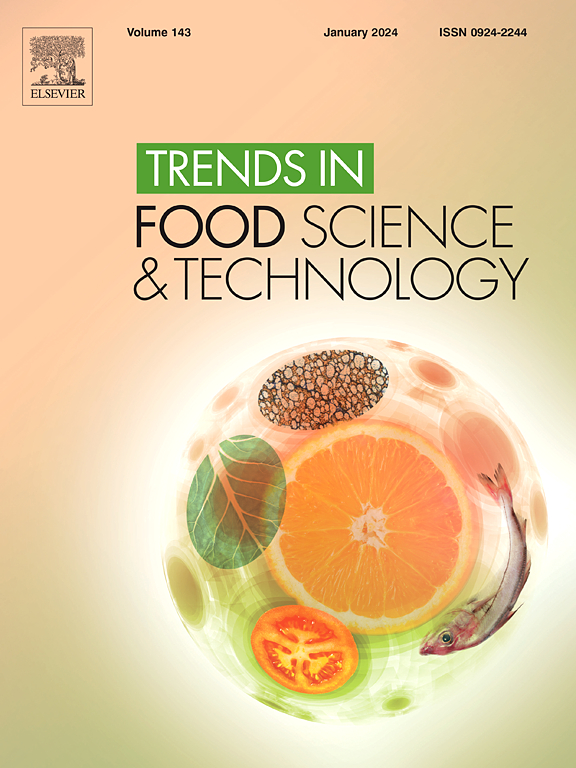The nutritional paradigm of cultivated meat: Bridging science and sustainability
IF 15.1
1区 农林科学
Q1 FOOD SCIENCE & TECHNOLOGY
引用次数: 0
Abstract
Background
Cultivated meat (CM) is a novel food with limited consumer understanding of its nutritional properties. Advancements in cultivated meat (CM) have introduced a significant and innovative dimension to nutrition. Unlike traditional meat, CM offers diverse production methods, potentially revolutionising how we may address nutritional needs and challenges.
Scope and approach
This commentary examines the role of various stages in CM production, from cell sourcing and scaffold fabrication to harvesting and post-processing, in shaping the nutritional values of the final product. It also provides a comparative nutritional analysis of conventional meat identifying CM's advantages, gaps, and challenges. Additionally, this work underscores current state-of-the-art CM production techniques to enhance overall nutrition to meet consumer demands.
Key findings and conclusion
The findings indicate that many CM prototypes have demonstrated a superior nutritional profile compared to conventional meat while using sustainable and cost-effective scaffold ingredients. This paper highlights the existing nutritional knowledge gaps around CM and showcases new production techniques as a key driver of innovation and product development, challenging the perception that CM cannot match the nutritional value of traditional meat. These innovations pave the way for the food industry to explore the sustainable and cost-effective large-scale development of CM.
求助全文
约1分钟内获得全文
求助全文
来源期刊

Trends in Food Science & Technology
工程技术-食品科技
CiteScore
32.50
自引率
2.60%
发文量
322
审稿时长
37 days
期刊介绍:
Trends in Food Science & Technology is a prestigious international journal that specializes in peer-reviewed articles covering the latest advancements in technology, food science, and human nutrition. It serves as a bridge between specialized primary journals and general trade magazines, providing readable and scientifically rigorous reviews and commentaries on current research developments and their potential applications in the food industry.
Unlike traditional journals, Trends in Food Science & Technology does not publish original research papers. Instead, it focuses on critical and comprehensive reviews to offer valuable insights for professionals in the field. By bringing together cutting-edge research and industry applications, this journal plays a vital role in disseminating knowledge and facilitating advancements in the food science and technology sector.
 求助内容:
求助内容: 应助结果提醒方式:
应助结果提醒方式:


